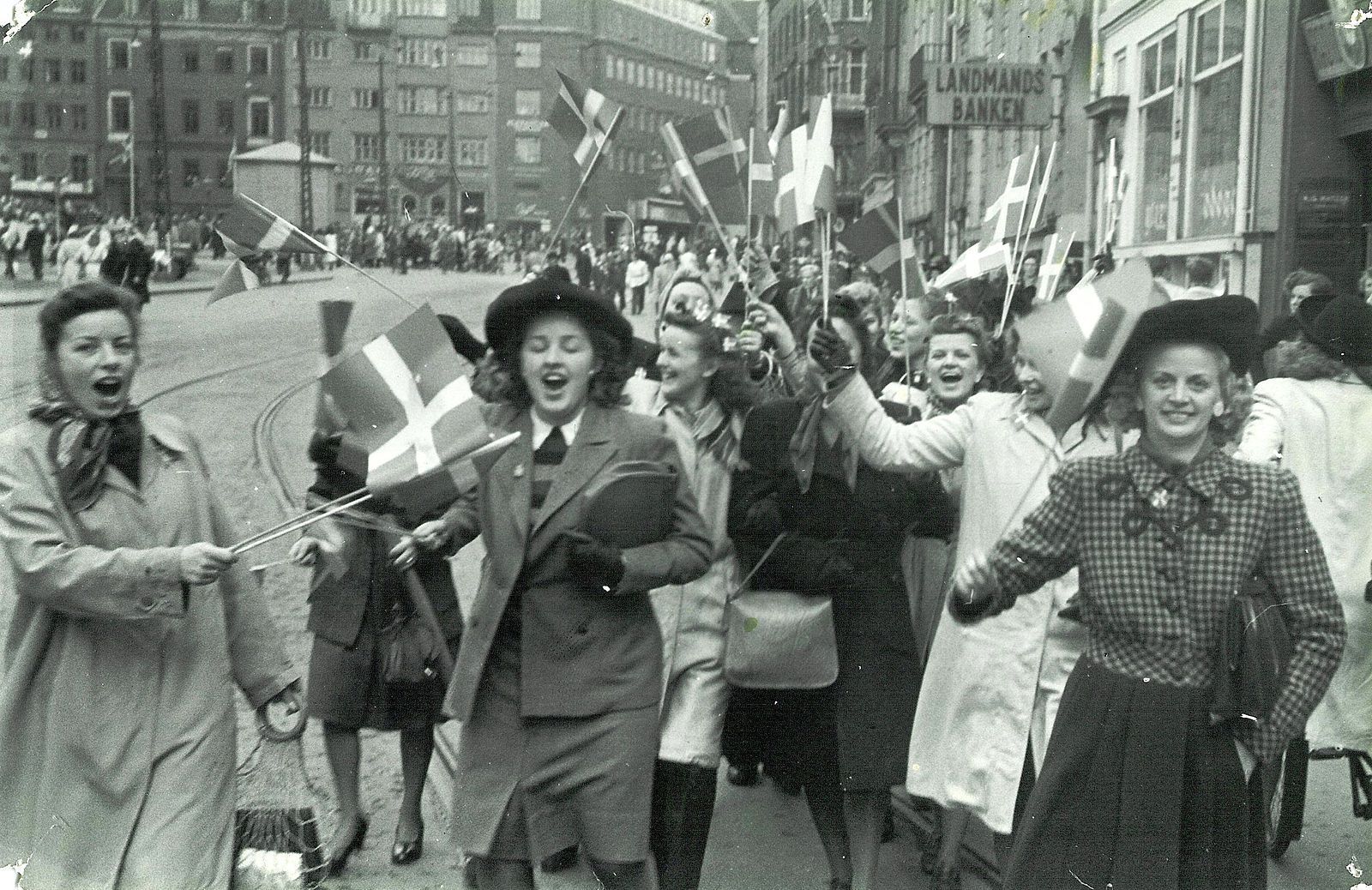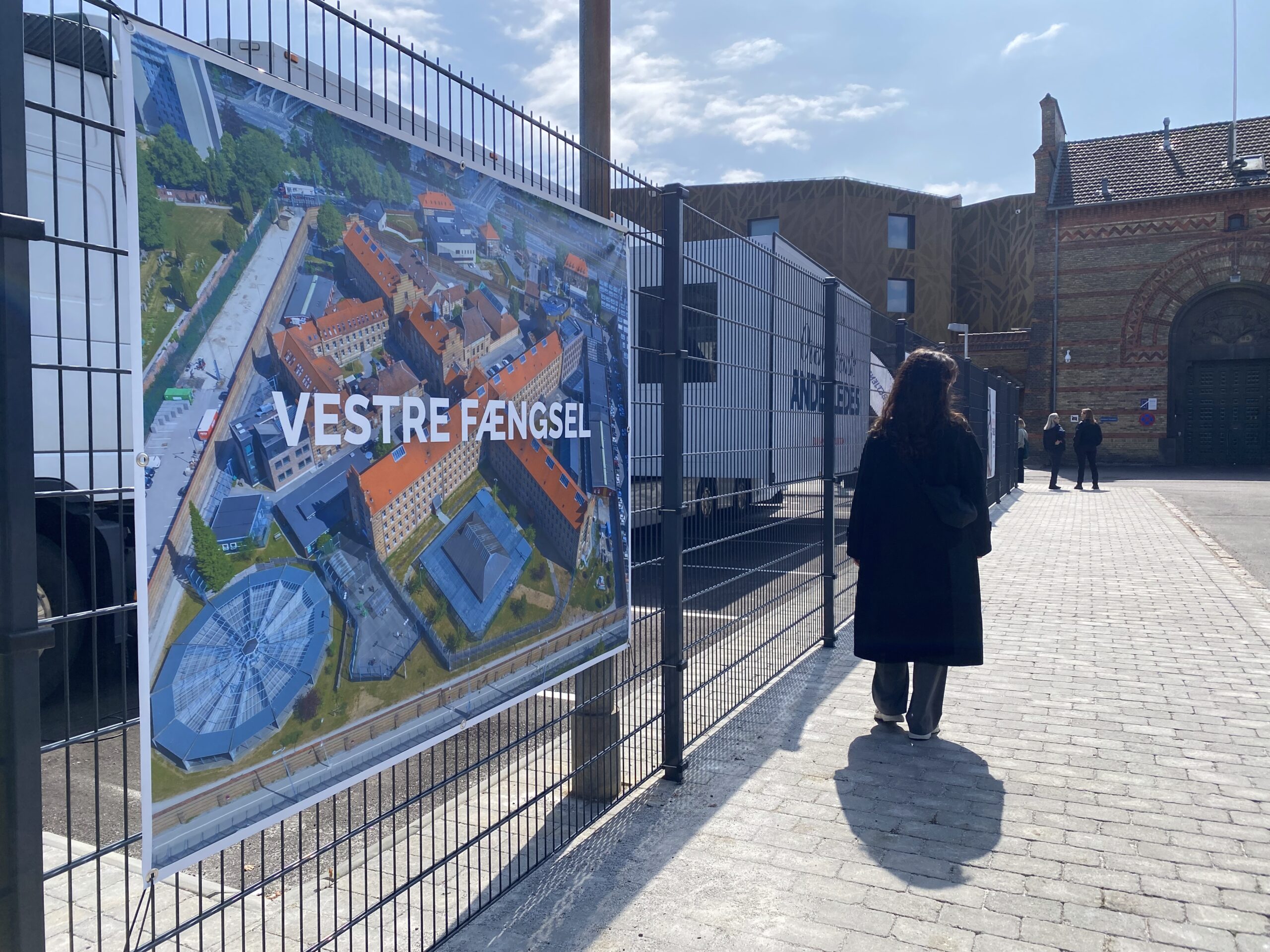Danish fishermen will be able to fish for more herring and plaice in the Baltic Sea in the future, but less cod and sprat, according to the new fishing quotas agreed upon by the government and the EU Commission on Thursday night.
The environment and food minister, Eva Kjer Hansen, said the negotiations were intense, and while the cod quota was reduced, it was decreased less than previously anticipated.
“We have a deal that caters to the interest of the fishing industry and the continued sustainable development of the fisheries in the Baltic Sea,” said Hansen.
“It’s satisfying to know that the quotas are, as a general principle, established on the basis of the scientific counselling and the goal of maximum sustainable yield (MSY).”
READ MORE: Denmark close to landing extra sprat quota
Quota transfer to 2016
Specifically, the new deal means the Danish fishermen must fish for 20 percent less cod in the western and eastern parts of the Baltic Sea, while they can net more herring in the western (18 percent more) and central (8 percent more) areas of the Baltic Sea.
Moreover, the quota for plaice will increase by 18 percent, while the quota for spat will fall by 6 percent. Additionally, the off-season for cod fishing in the western Baltic Sea has been moved and extended to last from February 15 to March 31.
In order to compensate for the continued Russian import ban on a number of fishing products, the Danish fishermen continue to have the opportunity to transfer 25 percent of a number of unused quotas, from the Baltic Sea and beyond, to 2016.












